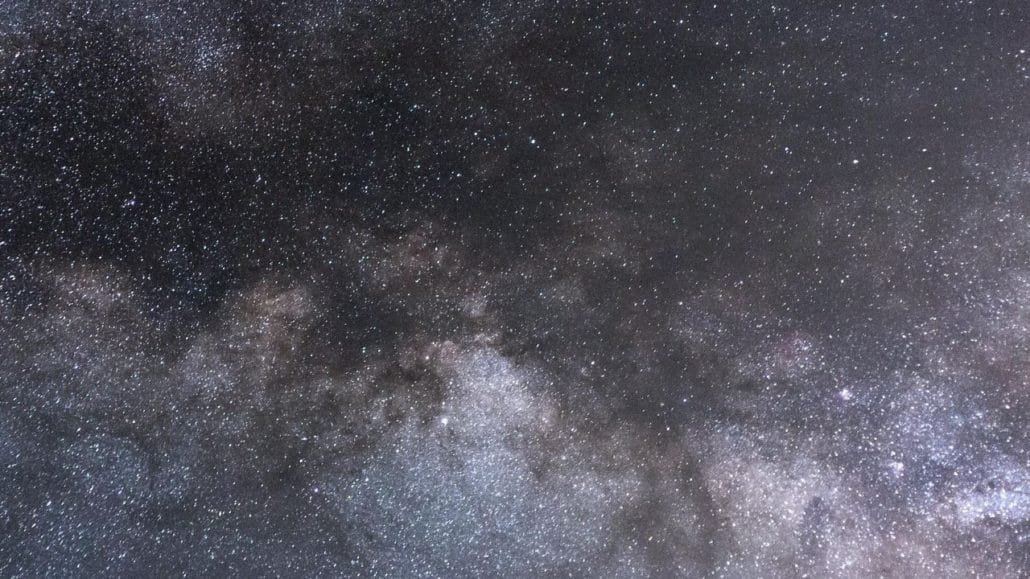Have you ever counted stars up in the sky, lying down on the terrace? Have you ever made shapes out of a few of the stars? Let us talk about Constellation!! Well, the constellation is nothing but a group of stars making one identical shape.
What is Constellation?
To be more precise, the constellation is nothing but a cluster of stars forming a configuration that is traditionally named after its plain produce or identified with a fairy-tale figure. Throughout the centuries, people have looked to the stars to comfort them plot a course deserts & sea, know when to conceal and collect etc. Let us get to know more about them.
Constellations are useful because they can help people to recognize stars in the sky. By looking for patterns, the stars and locations can be much easier to spot. The constellations had uses in ancient times. They were used to help keep track of the calendar.
Star Groups and Myths
From the initial period the star groups identified as constellations, the less important groups (parts of constellations) proven as asterisms, and too personage stars take standard names connoting selected meteorological phenomena or symbolizing dutiful or fairy-tale beliefs.
At one time it was apprehended that the collection names and myths were of Greek origin; this view has without hesitation been disproved, and an examination of the Hellenic myths connected with the stars and star groups in the cheerful of the account exposed by the deciphering of Euphratean cuneiforms leads to the supposition that in many, if not all, gear the Greek myth has a Euphratean parallel.
The most basic Greek occupation that ostensible to consider the constellations as constellations, of which nearby is sure knowledge, is the Phainomena of Eudoxus of Cnidus (c. 395–337 BCE). The imaginative is lost, but a versification by Aratus (c. 315–245 BCE), a rhymester at the patio of Antigonus II Gonatas, emperor of Macedonia, is extant, as is a commentary by Hipparchus (mid-2nd century BCE).
The popular of the leftover 40 constellations that are instantly expected were further by European astronomers in the 17th and 18th centuries. In the 20th century the marking out of specific boundaries for everyone the 88 constellations was undertaken by a commission of the International stellar Union. By 1930 it was potential to assign any star to a constellation.
Well, the universe has a lot more to tell us but it has left it to us to find out .
